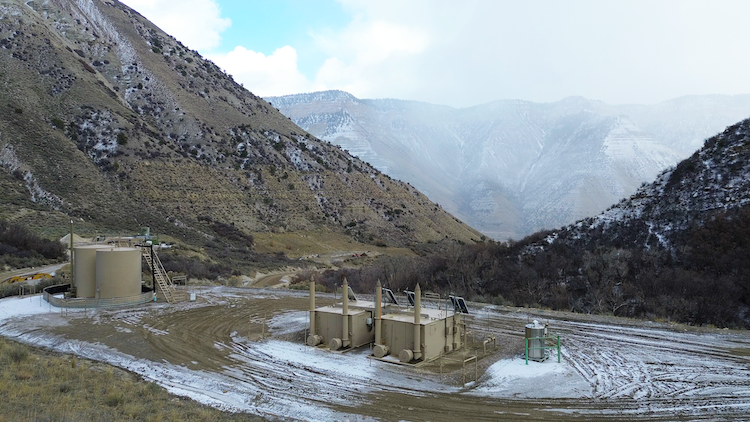
Kathairos has emerged as the leading North American solution for methane elimination from pneumatics, with more than 1,000 systems in operation across North America and over 40 major oil and gas producer partners.
In this post
Despite its dependence on coal to generate nearly a third of its annual electricity demand, Slovenia has committed to ending its use of coal by 2033.
In January, Slovenia adopted a new national strategy to phase out coal use, joining the Czech Republic and a large number of EU nations in their commitment to decarbonization. The government has pledged that it will stop using coal for electricity by that year as part of a “fair transition” of its coal regions.
“With a pitiful 2% of Slovenia’s electricity currently produced from solar and wind, the government urgently needs to exploit the country’s immense renewable energy potential,” remarked Zala Primc, a campaigner at Europe Beyond Coal, which aims for countries to phase out the use of coal by 2030.
In comparison, Slovenia generated 4,363 gigawatt hours of electricity from coal in 2020, according to the International Energy Agency, behind hydropower and nuclear. Its largest coal mine, brought online in 2015, racked up 438 million euros ($500 million) in debt, according to a summer 2021 financial report.
While Primc compares Slovenia’s exit strategy as “lacking ambition” when compared to the coal phase out dates of peer countries like Slovakia (2030), North Macedonia (2027), and Greece (2025), it nevertheless brings a Paris-aligned, pre-2030 coal phase out within reach.
“The announcement makes Slovenia the 23rd European country to announce a coal exit,” continued Primc. “It falls short of the 16 that have either already quit coal or will do so by 2030, but as we have seen with the likes of Germany which is now targeting a fossil-free, completely renewables-based power system by 2035, this will easily be superseded by reality.”
Explore more posts from Kathairos
.jpg)
Decarb Digest, Issue 01: Discover Why Energy Leaders Aren’t Waiting on Washington

Op-Ed: While the White House “reconsiders”, producers are still moving forward on methane

